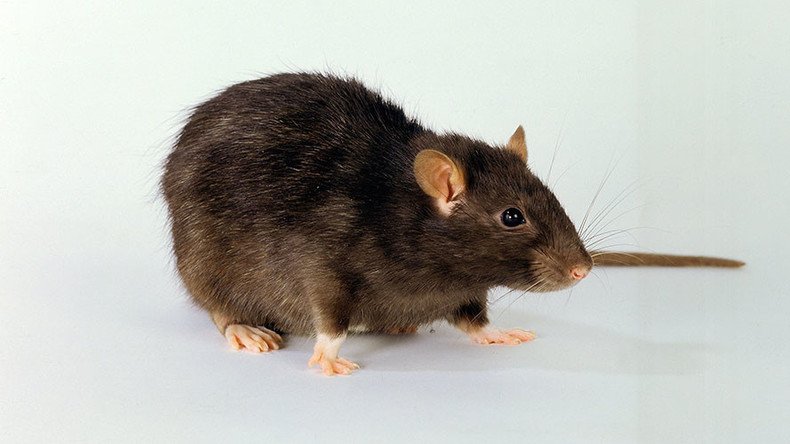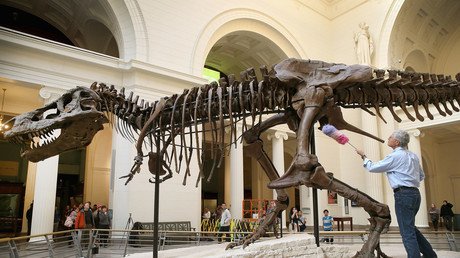145 million-year-old rat-like fossil found in Dorset could be ‘our earliest ancestor’

Fossilized teeth of rat-like creatures, which are thought to be man’s earliest ancestors, have been discovered in Dorset. Scientists believe they can draw a direct evolutionary line from the prehistoric mammals to people living today.
The newly discovered fossils were unearthed by Grant Smith, an undergraduate student at the University of Portsmouth. Two teeth belonging to two different species were sifted from samples of Cretaceous-period rock, which were collected from exposed cliffs near Swanage.
Dr Steven Sweetman, an academic at the university, said his “jaw dropped” when he was asked to look at the discovery. “The teeth are of a type so highly evolved that I realized straight away I was looking at remains of early Cretaceous mammals that more closely resembled those that lived during the latest Cretaceous, some 60 million years later in geological history,” he told the Daily Mail.
“In the world of paleontology, there has been a lot of debate around a specimen found in China, which is approximately 160 million years old. This was originally said to be of the same type as ours but recent studies have ruled this out. That being the case, our 145-million-year-old teeth are undoubtedly the earliest yet known from the line of mammals that lead to our own species.”
The area where Smith found the teeth is known as the Jurassic Coast because it has produced so many dinosaur fossils. Both of the ancient animals were probably nocturnal, Sweetman said. One was likely to have been a burrower that ate insects, and the larger creature may have consumed plants as well, researchers believe.
The animals are believed to be the direct ancestors of most mammals living today, including creatures as diverse as the blue whale and pygmy shrew. They would have lived alongside dinosaurs 145 million years ago.
READ MORE: Humans could have outrun T-Rex, research says
One of the species has been named Durlstotherium Newmani, after Charlie Newman, landlord of the Square and Compass pub in the village of Worth Matravers, close to where the fossils were discovered. The other has been named Durlstodon Ensomi.














